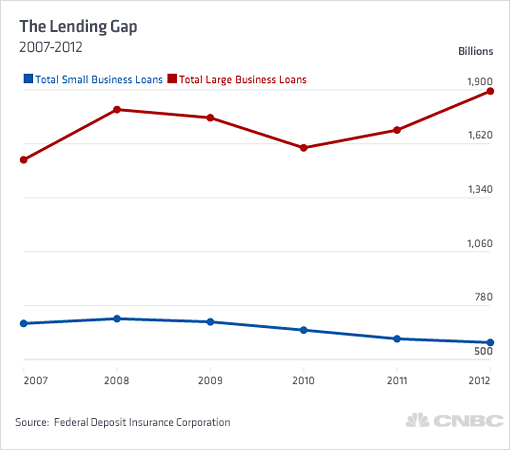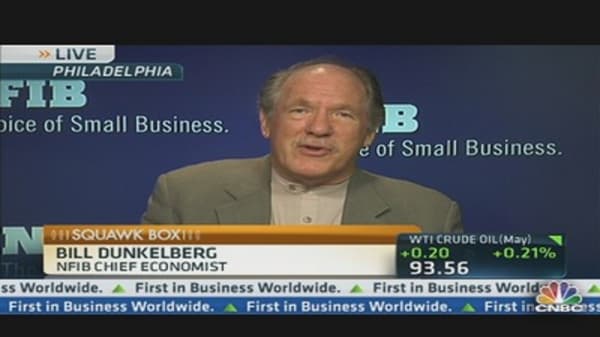Vicky Vij is no stranger to adversity. Over the past 12 years, the immigrant from Delhi worked tirelessly to build Bukhara Grill in midtown Manhattan into a thriving restaurant with sales of over $2.5 million a year.
Even the Great Recession didn't crimp business: The company boasts 12 straight quarters of profitability. So when an opportunity arose this year to expand by buying a catering business, Vij decided to take the leap.
But like so many entrepreneurs, Vij was snubbed by commercial bankers who were unwilling to make small business loans—even to a company with a gold-plated credit score of 725.
"The process was gut wrenching," he said. "The amount of paperwork they wanted me to cog through was impossible."
Like many tenacious small business people squeezed by the credit crunch, Vij scoured the market for help in fundraising and stumbled on Biz2Credit.com, which matches loan applications to a network of 1,200 lenders throughout the United States.
"The company helped me find a small community bank willing to take on the risk with credit guarantees from the Small Business Administration," Vij said.
The $3.9 million, 25-year loan from Celtic Bank in Salt Lake City was 75 percent guaranteed by Uncle Sam and came with favorable terms. It has an interest rate of 6 percent collateralized by the assets of the business Vij was acquiring: a 25,000-square-foot banquet hall and equipment.
Vij's tale exemplifies the credit squeeze still affecting America's small businesses. While banks are reporting improved earnings and a double-digit uptick in business lending, the little guy is still not feeling the love. Statistics tell the story. For the first time since the start of the financial crisis, banks are lending more than they did in 2008. Higher profits and healthier balance sheets have helped open the money spigot.
In its second-quarter report, the Federal Deposit Insurance Corp. said that earnings on the commercial banks and savings institutions it insured rose nearly 23 percent from a year earlier, to $42.2 billion. It also noted that asset quality is improving. The average return on assets, a yardstick of profitability, rose to 1.17 percent from .99 percent a year ago. The figure represents the industry's highest quarterly ROA since the 1.22 percent in second-quarter 2007.






